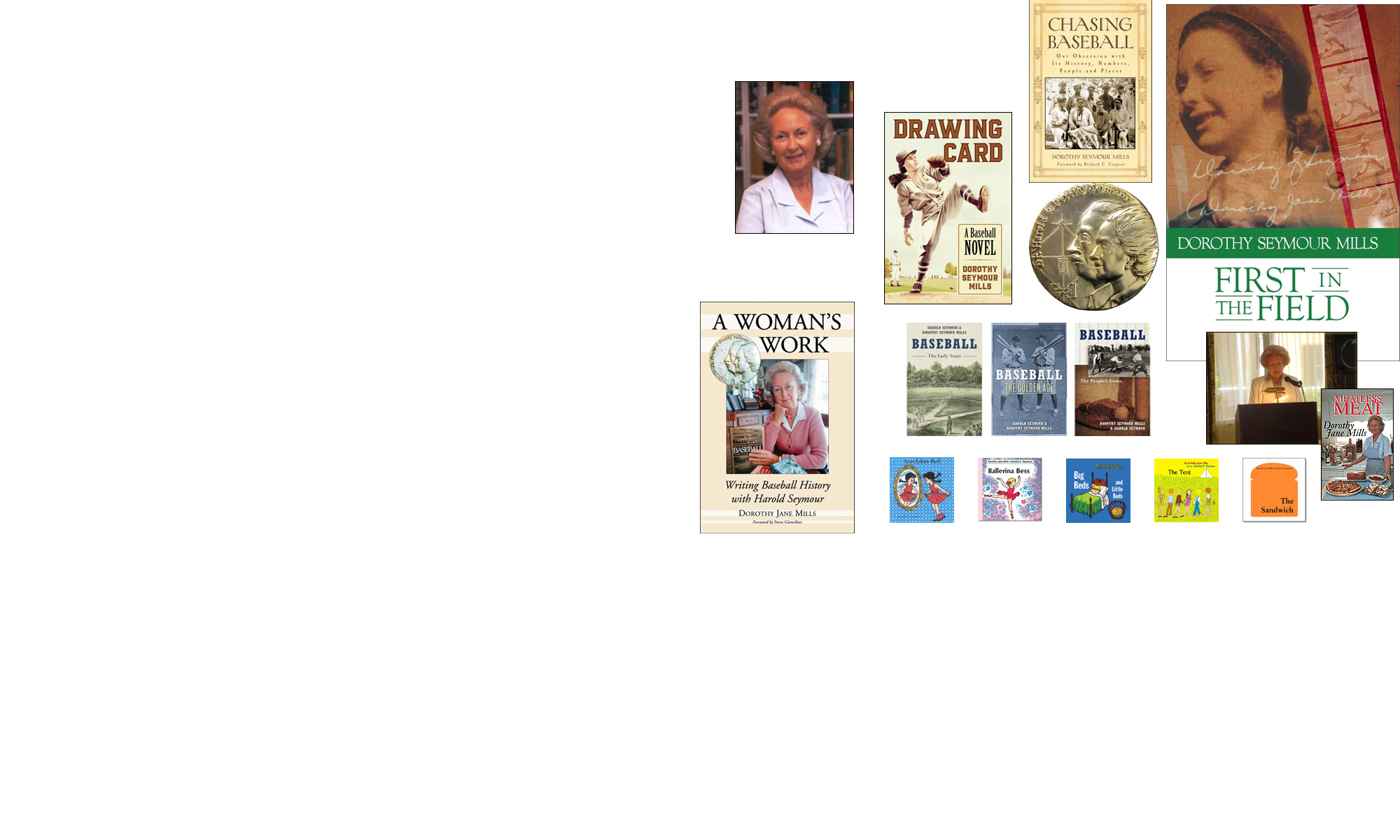Facts presented in my new four-essay contribution to The National Pastime Museum about women in baseball history surprise readers, especially those who assume that women came late to the National Game and that they never played professionally until the establishment of the women’s league of the 1940s.
Nothing could be further from the truth. Information I found at the Seven Sisters Colleges shows that young women already knew how to play baseball when they arrived at college in the 1860s and that they established their own teams, with no staff help, playing regularly on campus in the 1870s and 1880s.
As for playing to earn money, women established their own professional traveling teams beginning at least in the 1870s, playing against men’s and women’s teams all around the country. Even more surprising for those new to women’s history is the evidence that some women played on men’s professional teams and some men played on women’s professional teams. Imagine what would happen if they tried this today!
The first essay, “Those Nimble American Girls,” takes its title from the early feminist Frances Willard, who encouraged the staid women of the nineteenth century to learn to ride a bicycle. One of the illustrations in the second essay, “Women and Men Together,” shows two men as members of a women’s professional traveling team. (Just in case you like visual proof that they really played together.)
The third and fourth essays are forthcoming. Number Three, “A Ladies’ Big League,” will explain the appearance of the women’s pro league of the 1940s. And Number Four, “Baseball Stars,” will demonstrate that all top-notch baseball players aren’t male. Practically everyone has heard of Babe Didrikson, the great natural athlete of the 1930s, who if she had been able to sign with Organized Baseball, could have been a major-leaguer. As for the two other accomplished players chosen for my focus in this essay, they may surprise readers.
The National Pastime Museum publishes the top research in the field of baseball history. If you aren’t familiar with what’s going on in this field, you owe it to yourself to get up to date in the history of our National Pastime.
